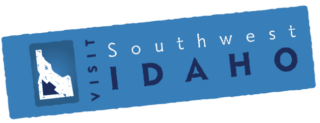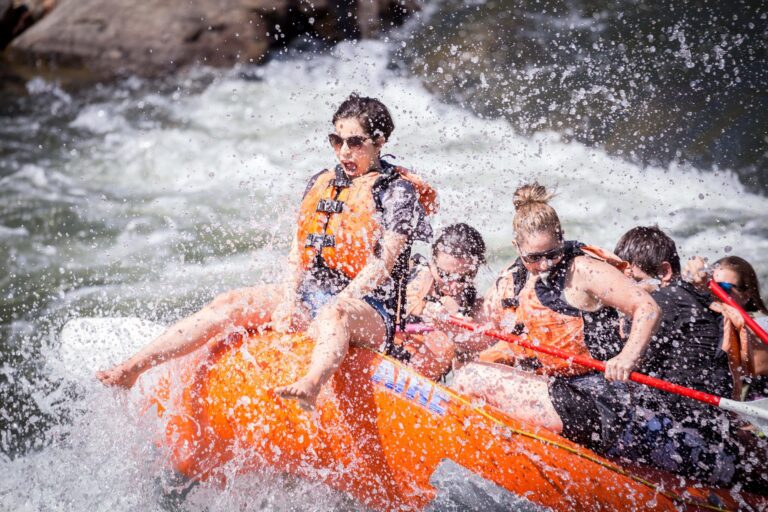When the urge to shut off your phone, pack up the car, and search for big skies becomes unbearable, Southwest Idaho will be waiting. There’s a haunting beauty to be discovered here — seemingly empty, yet bursting with life.
If you’re interested in discovering wide open spaces, dramatic vistas, and, well, not too many people, this is the guide for you.
Before you depart on isolated adventures, make sure you have food, water, and emergency supplies like a spare tire and a flashlight. Check road conditions before you head out. You won’t always have cell service, so let a trusted person know when you’re departing and when you expect to be back. And, of course, be respectful and pack out what you pack in.
Owyhee Uplands Backcountry Byway
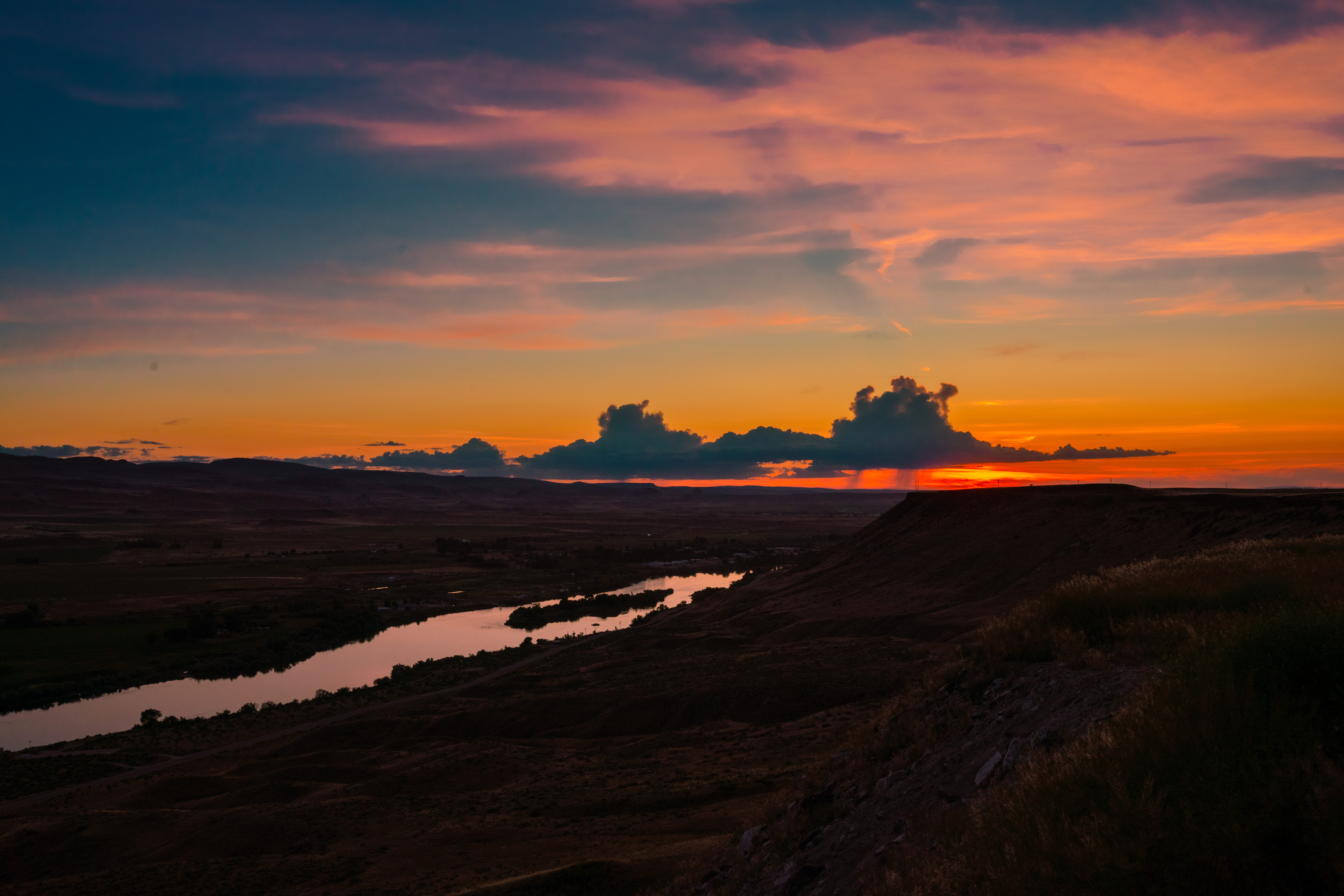
Owyhees
This byway is known locally as Mud Flat, but don’t let the unromantic name deter you from the romantic scenery. The Owyhee Uplands is one of those iconic, freewheeling spaces people envision when they think about the West.
This is wild country, lined with 500-year-old juniper woodlands and seas of sagebrush, dotted by wind-worn rock outcroppings and formations. Don’t miss the view from the North Fork Owyhee River Canyon — it’s straight out of a ’70s Clint Eastwood movie.
This part of the high desert is so rugged that it’s impassable in the late fall and winter. But in the late spring through early fall, prepare to have your heart stolen. Spring brings blooms of vibrant wildflowers and vegetation that attract antelope, sage grouse, and pygmy rabbits, while the rust colors of the desert contrast with moody skies in the early fall.
Western Heritage Historic Byway
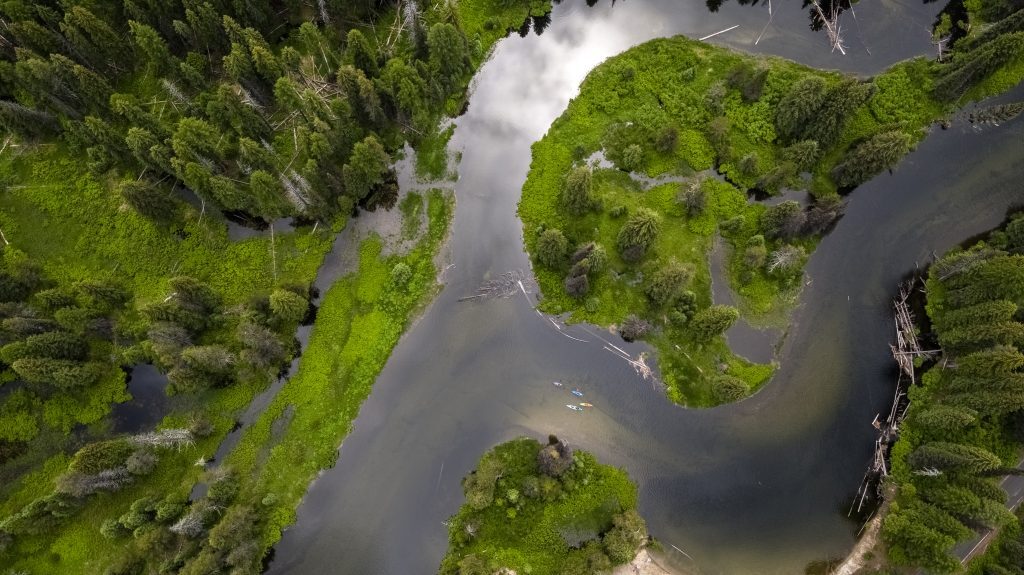
Upper North Fork of the Payette River | Photo Credit: Idaho Tourism
If you’re looking for big country, you’ll find it on the Western Heritage Historic Byway. This is some of the most sweeping land in Idaho. Plus, it’s a quick fix for those days when you just need a break from crowded cities and freeways.
Traveling this stretch will take only about 90 minutes. But what a glorious 47 miles. You’ll leave the busy city in your rearview mirror and travel through open fields and desert landscapes to Kuna, then swing past the oldest hydroelectric dam in Idaho at Swan Falls.
The real stars of the show come next. The Morley Nelson Snake River Birds of Prey National Conservation Area sprawls alongside the Snake River. Take your time to admire the breathtaking Snake River Canyon. Look up and you’ll have a view of the Owyhee Mountains. This area is home to the largest concentration of raptors in North America; adjust your eyes and you’re almost guaranteed to see raptors perched along the 700-foot cliffs that jut up from the riverbed.
Traveling this byway can feel at times like you’ve been transported back into prehistory, and nowhere is this feeling strongest than at Celebration Park. You won’t want to miss the petroglyphs on the melon boulders here — they date back thousands of years and will connect you with the people who inhabited this land first.
Local’s tip: Get up close and personal with raptors at the Peregrine Fund’s World Center for Birds of Prey, just 24 minutes from your starting point in Kuna.
Main Oregon Trail Backcountry Byway
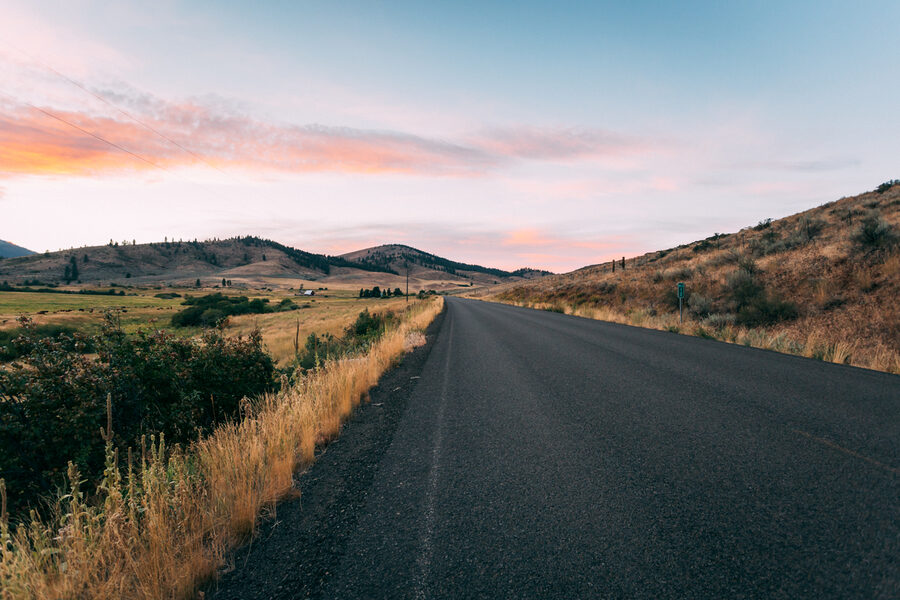
Main Oregon Trail Backcountry Byway
The emigrants who piled their worldly goods into Conestoga wagons and came west had it rough. Ah, but what a mere 170 years or so can do! On the Main Oregon Trail Backcountry Byway, you can take in all of the same magical scenery as those early travelers without any of the inconvenience.
This scenic byway will wind you through 102 miles of history and give you a sense of open-air freedom that’s hard to come by these days. You’ll travel from Three Island Crossing (more about that below) to Bonneville Point just southeast of Boise. But you won’t be speeding down the freeway — two-thirds of this journey is along gravel roads.
You probably won’t encounter many people during most of your journey down the byway, leaving you plenty of time and opportunity to meander at your own pace along the wagon ruts still etched in the ground. (Yes, they’re still there!) At six to eight leisurely hours, this byway makes a perfect low-key day trip, but do yourself a favor and stay for sunset — the way the light bounces off the clouds in this part of Idaho is jaw-dropping.
Hells Canyon and Hells Canyon Scenic Byway
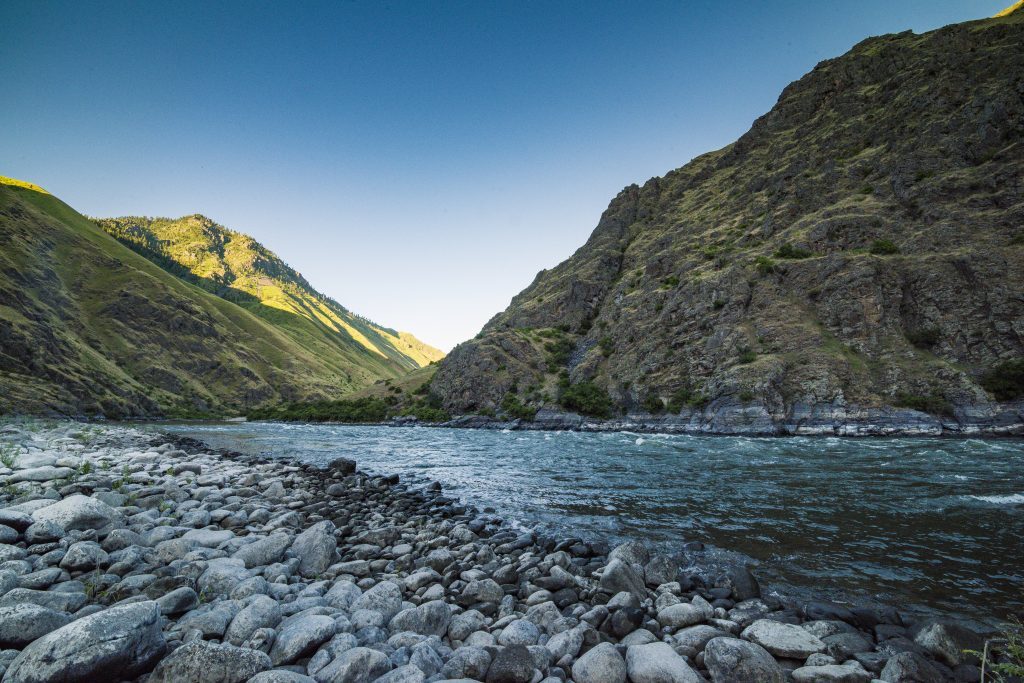
Hells Canyon | Photo Credit: Idaho Tourism
This is one byway you’ll want to leave behind. Don’t get us wrong — the three hours you’ll spend tooling along the eastern edge of Hells Canyon will be well spent gawking at the stark and stunning scenery, and it’s the perfect intro to this beautifully desolate part of Idaho. But once you see the deepest river gorge in North America for yourself, it’ll be tough to resist the urge to float or boat down it.
If you’ve never been on a jetboat, know that you’re in for one heck of an exciting ride. Float or jetboat trips are available through Hells Canyon Raft or Hells Canyon Adventures for a full whitewater experience.
Local’s tip: Why not add an extra day to your trip and tour some of Idaho’s best wineries nearby? Check out your delicious options at the Idaho Wine Commission.
Three Island Crossing State Park
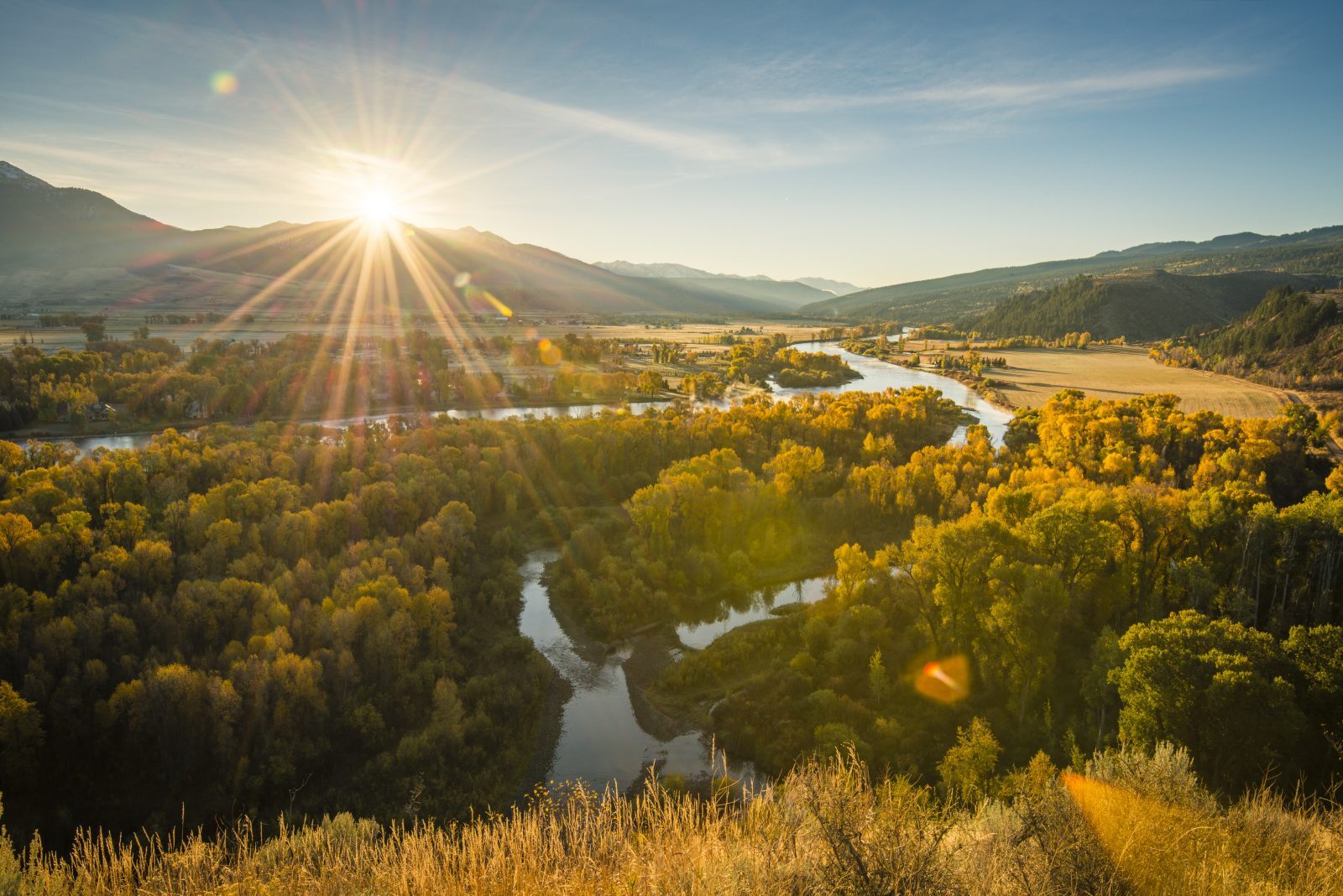
South Fork of the Snake River | Photo Credit: Idaho Tourism
If this place sounds oddly familiar, chances are you lost your oxen (and maybe a few party members) trying to ford the virtual river while playing “Oregon Trail.” Thousands of 19th century emigrants battled the treacherous currents of the Snake River at this very spot, a harrowing crossing that could lead to death or land them one step closer to California or Oregon.
Nowadays, thanks to dams and irrigation, the Snake River is far less scary — but no less impressive. Bonus: It’s insanely accessible. Three Island Crossing State Park is just two miles away from bustling I-84, but once you get off the beaten track you’ll immerse yourself in a landscape of rivers and fields surrounded by the black basalt of the Snake River Canyon. It’s quiet. It’s peaceful. And the cute rentable cabins at the state park are definitely Instagram-worthy.
CJ Strike Reservoir
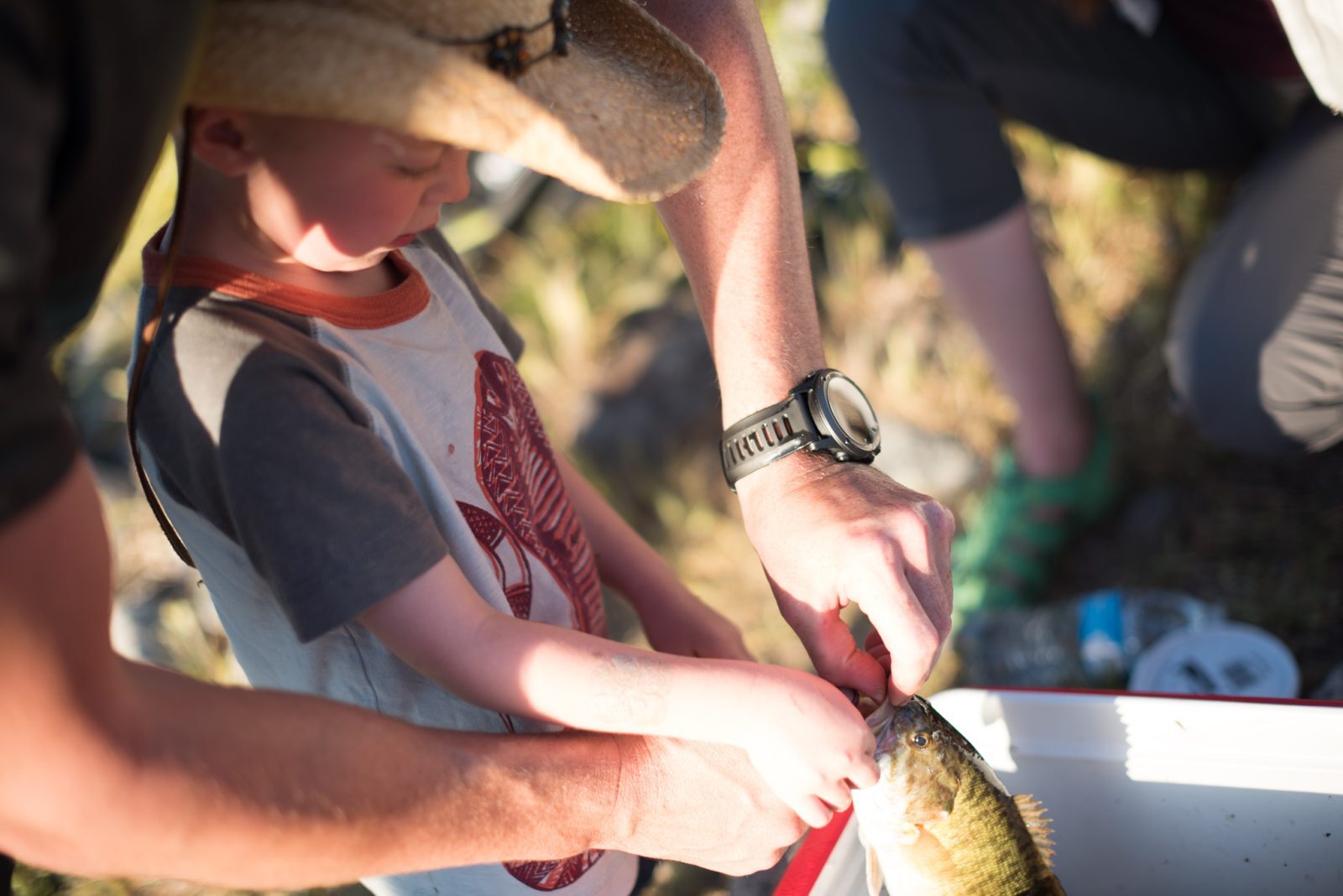
CJ Strike Reservoir | Photo Credit: Idaho Tourism
If CJ Strike Reservoir appears like an oasis in the desert, that’s because it actually is. Since the early ’50s, this U-shaped lake has diverted water from the Snake River into a massive reservoir that straddles two counties. Yes, it’s huge — over 6,700 square acres, or roughly the size of eight Central Parks — but despite its size, it still feels wonderfully isolated.
Anglers, take note: CJ Strike is one of the best places to cast a line in the state because of its tremendous diversity. Here, you can fish for everything from bass and catfish to record-breaking white sturgeon under uninterrupted blue skies.
The views are even better at night, when those same heavens play host to billions of stars. There isn’t much light pollution to interfere with stargazing — the nearest town with a significant population is 26 miles north — which makes CJ Strike a great place to view annual meteor showers like the Perseids in August.
Local’s tip: Stock up on brews at Blue Pit Brewing in Mountain Home before you head out to your campsite along the water (just be sure you don’t take any beer with you on the water).
Book a room at the Cambridge House Bed and Breakfast, a charming old-fashioned B&B that’s perfect for an adventurous getaway.
Want even more ideas? Check out our travel guides for even more get-away-from-it-all ideas!
